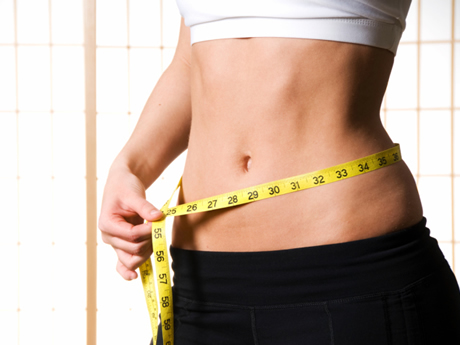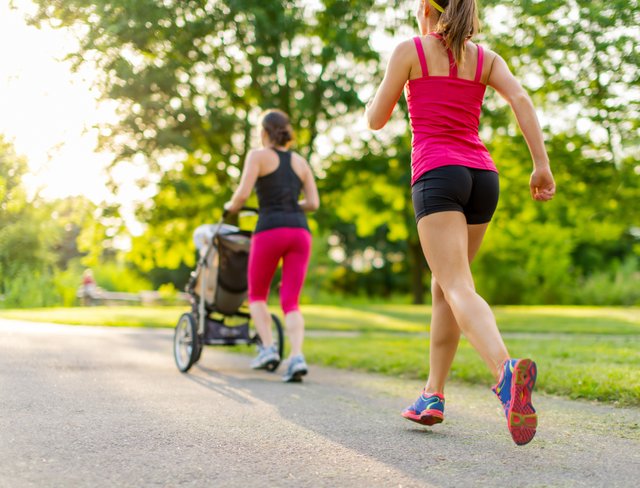How to cope with hypertension without medication !
Few ways to control high blood pressure without medication
By making these few lifestyle changes, you can lower your blood pressure and reduce your risk of heart disease.
By Mayo Clinic Staff:
If you've been diagnosed with high blood pressure, you might be worried about taking medication to bring your numbers down.
Lifestyle plays an important role in treating your high blood pressure. If you successfully control your blood pressure with a healthy lifestyle, you might avoid, delay or reduce the need for medication.
Here are some lifestyle changes you can make to lower your blood pressure and keep it down.
- Lose extra pounds and watch your waistline
Blood pressure often increases as weight increases. Being overweight also can cause disrupted breathing while you sleep (sleep apnea), which further raises your blood pressure.
Weight loss is one of the most effective lifestyle changes for controlling blood pressure. Losing just 10 pounds (4.5 kilograms) can help reduce your blood pressure.
Besides shedding pounds, you generally should also keep an eye on your waistline. Carrying too much weight around your waist can put you at greater risk of high blood pressure.
In general:
Men are at risk if their waist measurement is greater than 40 inches (102 centimeters).
Women are at risk if their waist measurement is greater than 35 inches (89 centimeters).
These numbers vary among ethnic groups. Ask your doctor about a healthy waist measurement for you.

- Exercise regularly
Regular physical activity — at least 30 minutes most days of the week — can lower your blood pressure by 4 to 9 millimeters of mercury (mm Hg). It's important to be consistent because if you stop exercising, your blood pressure can rise again.
If you have slightly high blood pressure (prehypertension), exercise can help you avoid developing full-blown hypertension. If you already have hypertension, regular physical activity can bring your blood pressure down to safer levels.
The best types of exercise for lowering blood pressure include walking, jogging, cycling, swimming or dancing. Strength training also can help reduce blood pressure. Talk to your doctor about developing an exercise program.
- Eat a healthy diet
Eating a diet that is rich in whole grains, fruits, vegetables and low-fat dairy products and skimps on saturated fat and cholesterol can lower your blood pressure by up to 14 mm Hg. This eating plan is known as the Dietary Approaches to Stop Hypertension (DASH) diet.
It isn't easy to change your eating habits, but with these tips, you can adopt a healthy diet:
Keep a food diary. Writing down what you eat, even for just a week, can shed surprising light on your true eating habits. Monitor what you eat, how much, when and why.
Consider boosting potassium. Potassium can lessen the effects of sodium on blood pressure. The best source of potassium is food, such as fruits and vegetables, rather than supplements. Talk to your doctor about the potassium level that's best for you.
Be a smart shopper. Read food labels when you shop and stick to your healthy-eating plan when you're dining out, too.
.jpeg)
- Reduce sodium in your diet
Even a small reduction in the sodium in your diet can reduce blood pressure by 2 to 8 mm Hg.
The effect of sodium intake on blood pressure varies among groups of people. In general, limit sodium to less than 2,300 milligrams (mg) a day or less. However, a lower sodium intake — 1,500 mg a day or less — is appropriate for people with greater salt sensitivity, including:
African-Americans
Anyone age 51 or older
Anyone diagnosed with high blood pressure, diabetes or chronic kidney disease
To decrease sodium in your diet, consider these tips:
Read food labels. If possible, choose low-sodium alternatives of the foods and beverages you normally buy.
Eat fewer processed foods. Only a small amount of sodium occurs naturally in foods. Most sodium is added during processing.
Don't add salt. Just 1 level teaspoon of salt has 2,300 mg of sodium. Use herbs or spices to add flavor to your food.
Ease into it. If you don't feel you can drastically reduce the sodium in your diet suddenly, cut back gradually. Your palate will adjust over time.
.jpeg)
- Limit the amount of alcohol you drink
Alcohol can be both good and bad for your health. In small amounts, it can potentially lower your blood pressure by 2 to 4 mm Hg.
But that protective effect is lost if you drink too much alcohol — generally more than one drink a day for women and for men older than age 65, or more than two a day for men age 65 and younger. One drink equals 12 ounces of beer, five ounces of wine or 1.5 ounces of 80-proof liquor.
Drinking more than moderate amounts of alcohol can actually raise blood pressure by several points. It can also reduce the effectiveness of blood pressure medications.
Congratulations @masrooranwer! You received a personal award!
Click here to view your Board
Congratulations @masrooranwer! You received a personal award!
You can view your badges on your Steem Board and compare to others on the Steem Ranking
Vote for @Steemitboard as a witness to get one more award and increased upvotes!